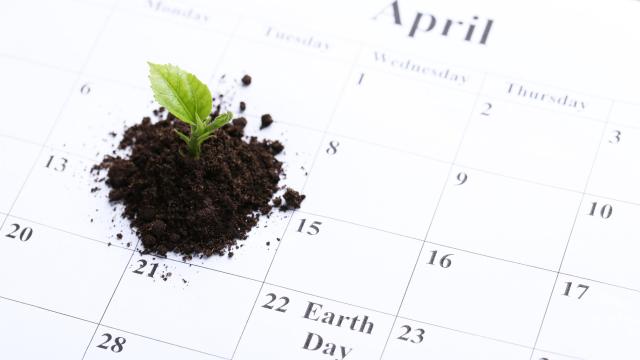Planning a full-fledged garden doesn’t happen overnight. Everything from the best ways to prep the soil to what to plant where takes careful consideration — and perhaps no factor is more cirtical than figuring out the timing.
Whether you are just getting into gardening or an intermediate grower looking to level up, there are ways to schedule your planting to ensure optimum growth. You can do loads of research, take soil tests, and stay glued to the weather reports — but if you’re looking for a less intense approach, the gardening site Gilmour has created an online tool that will handle a lot of the effort for you, and help you to plan out a successful growing season before you buy your first seeds.
Why gardening calendars are important
Plants can only truly thrive under the right conditions, and the plants that will go best in your garden will vary based on the type of soil you have, your climate, and the weather in a giving growing season. The USDA considered all of these factors and incorporated them into this interactive map, which helps you identify your “planting zone.” The various zones are based on the average temperatures in a given location, and the days between the first and last frost. Determining the conditions in your planting zone will help you determine which plants will naturally flourish in your area, and which might need more help in the form of specialised soil prep, extra fertiliser, or other special care.
Once you’ve figured out your zone, it’s time to figure out when to plant. Here’s where the tool from Gilmour comes in: they’ve compiled a database of information about various plants to help you create a personalised growing calendar — without getting lost in the weeds researching everything you want to grow in your garden.
How a planting calendar works
Gilmour’s site first prompts you to enter your zip code; I typed in an arbitrary zip code in Indiana and learned it is located in zone six, which, on average, experiences its last frost on April 15 and its first frost on October 15, leaving you with around 183 growing days.
You’re then asked to select the type of plant(s) you’re interested in growing. Categories are broken up into flowers, fruits, herbs, and vegetables. You can select as many as you like, and you must select at least one to generate the calendar.
What a planting calendar can tell you
As you select your plants, the site will begin to generate the planting calendar. Next to each plant, you will see dates indicating when to sow (in this case, “sow” means to start the growing process inside), plant (or transplant), and harvest it throughout the correlating season. For example, in this specific region of Indiana, growers can start planting blueberries from mid-March to mid-June. Depending on when they are planted, they can then be harvested from mid-June to mid-September. Herbs like Rosemary should ideally begin growing inside in January, and would be ready for harvesting by March.
By planning what you’re going to plant and when, you can ensure your gardening experience is a fruitful one.

Leave a Reply
You must be logged in to post a comment.